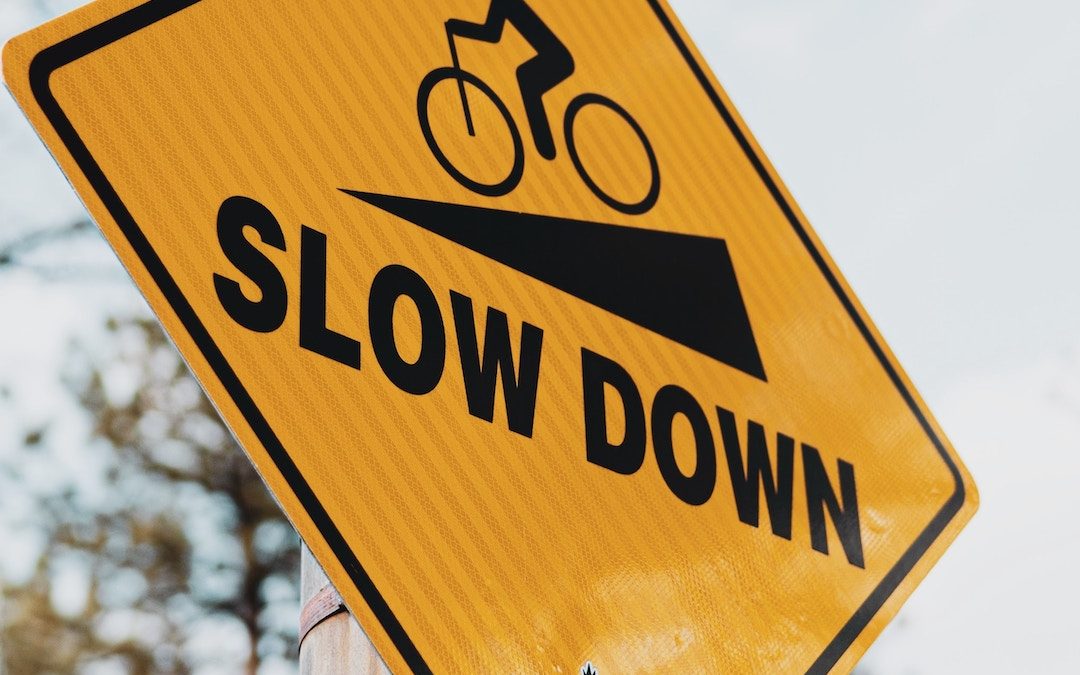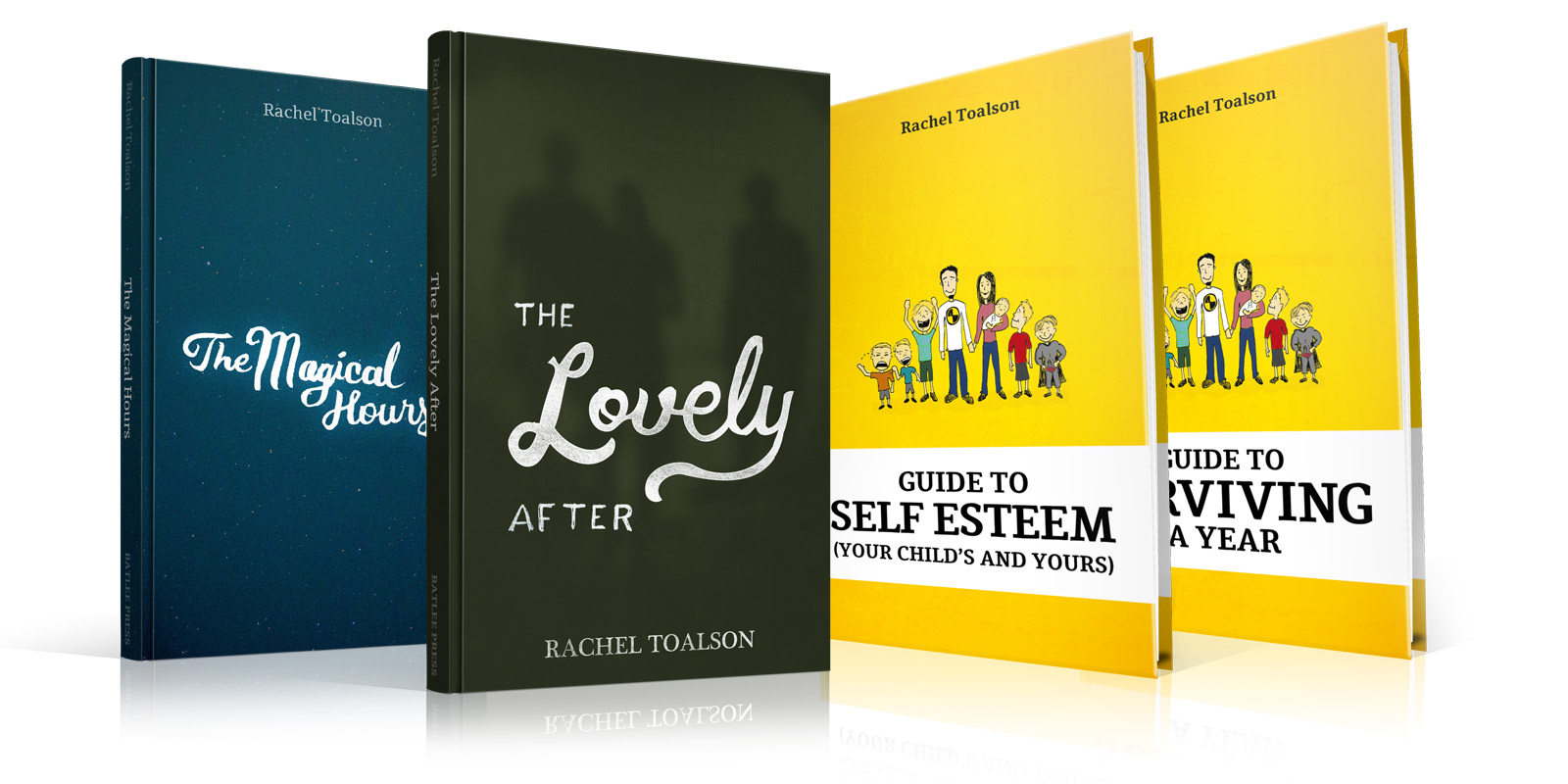Schwipp schwipp schwipp schwipp schwipp bang!
That seems to be all I hear in the early mornings anymore. Either that or talk about solving times, brands of cubes, or Max Park’s new 3x3x3 record of 3.13 seconds.
I have a son who is currently obsessed with Rubik’s cubes and becoming a speed cuber.
He’s had a lot of obsessions over the years, some that stuck around, some that didn’t. He’s a talented kid. His biggest challenge will probably be deciding which thing to focus on, instead of all the things.
I’ve been thinking about him a lot—not just because he’s usually already sitting at the kitchen table solving Rubik’s cubes when I get back from my morning runs (and he’s a teenager; aren’t teenagers supposed to sleep the days away during the summer?). But also because I sometimes find myself thinking, If he spent as much time studying and practicing music and acting—which he says he wants to do as a career—as he does on Rubik’s cubes, he’d pull way ahead of the rest.
But that’s not my decision. I’m not him. I’m just a parent. Who am I to say whether the direction he’s heading is the right one or the wrong one?
And this obsession with Rubik’s cubes is teaching him something valuable—that it takes time to get where you want to be.
Most of us want to get somewhere fast. We have our dreams and we have our plans and we want them to be in our hands already!
But the world has its own timetable.
There are few careers better at proving this than a writing career.
It’s a career of slow. A career of waiting. We become professional waiters—and not the kind who get tips.
Everything about it takes such a long time. Finishing the first draft of a book. Finishing the eighth or twelfth or the nineteen other drafts of that same book before I let it out of my hands. Finding an agent. Finding an editor. Actually publishing a book.
So…slow.
I often find myself thinking, I need something to happen. I need this contract to come through, this character to tell me what in the world she has in mind, someone to return my email.
As Mo Willems once titled one of my favorite Elephant & Piggie books: “Waiting Is Not Easy.”
There’s a well known piece of advice in the running world: Run slow to run fast. It reminds me of something I recently read from Simon Sinek, a British American writer and speaker: “It’s better to go slow in the right direction than go fast in the wrong direction.”
Sinek doesn’t say anything about it being easier to go slow in the right direction, only that it’s better. (Did you notice that, too?)
And on my good days, I believe it is.
Because if I run fast every single day I go out for a run, my body will exist in depletion mode. My energy levels will fall to practically nonexistent. I will burn out as quickly as a firework. And I’ll risk injury, too.
What going slow does is it allows us time and opportunity to prepare ourselves for what’s waiting for us farther along that journey. When I run slow to run fast, I’m building the proper muscles and lung capacity and cadence to run my race. So when I stand at the starting line and the gun goes off, I’m ready to give it my all.
We have to put in the work. And we definitely have to move in the right direction, not the wrong direction—however slow our progress may be.
Now, I know some people have fast passes to the top. And they do just fine. And we may look at that and think it’s not fair. And it’s not. But it’s also not our journey. It may never be our journey. We may never make it to the top—whatever the top may be (because it’s never a literal top, at least not for me. It’s more like, bestseller, awards, beloved by all…).
“What will you do if you never make a bestseller list?” my husband asks me. “Or you never win the Newbery award?” (That’s been my dream since I was 11 and I read every Newbery winner since the award was established. Someday I’ll write one of these books, I said to myself.)
He wasn’t done. “What if you never get any more well known than you are today?”
I cringe just writing those questions down. Because my first thought is, I’ll keep trying, then. And my second thought is, Will I?
If ten years pass and nothing changes, will I?
If twenty years pass and nothing changes, will I?
If thirty years…will I?
Go slow in the right direction…
But how slow are we talking about?
Preparation, I remind myself. It’s all preparation. And without preparation, we won’t last very long in the game. We may not be completely ready. We might be thrown into something completely unknown.
I’m not saying preparation can protect us from every unknown. Of course not. Life is hardly ever predictable. But preparation can help us plan for some unknowns. A second pair of shoes on race day, in case the first ones randomly split. An extra journal tucked into a travel bag because you just never know how this event will affect you, and journaling helps you decompress. An absorbing book to read while you’re sitting on a plane, because your anxiety really likes playing Worst Case Scenarios on planes, and usually your partner’s here to distract you but today you’re flying solo.
So I suppose the question could become: Do we want to be a blip on the timeline? Forgotten faster than we rose to the top? Here today, gone tomorrow? Or do we want to be around as long as we possibly can be?
Going slow in the right direction instead of fast in the wrong means we have a choice to make. Sure, the dream may be slow coming to us, but does that mean we should turn our backs on it? Do something else? Go in another direction that promises a faster return?
I’ve never loved doing anything as much as I enjoy writing. So my answer is no. I hold fast to the dream. And it may not ever come, but I know I’ve been walking in the right direction.
No regrets, no matter how slow. I’ll give it my best. I won’t throw away my shot (why, yes, I did just see Hamilton on the stage)!
I hope we can all say the same.
Have a glorious month of moving slow in the right direction.
Here are some of my favorite things to do while I’m going slow in the right direction (and waiting):
1. Study and learn
I’ve always loved learning, so one of my favorite things to do while in a waiting (or just a slow-moving period)—besides getting started on the next thing—is to study and learn. Sometimes that’s studying and learning more about writing, focusing on some of the places that feel more challenging for me so I can develop my skills. Sometimes it’s learning more about something I’m interested in—like environmentalism or feminism. I read everything I can get my hands on. For pleasure and for study.
2. Grow
Practicing consistently helps us use our skills both newly learned and ones we’ve cultivated for ages. Putting in the work is one of the best things we can do while we’re going slow in the right direction.
But you know what? So is resting. We grow both by practicing and by taking time off and resting. We take time off, and we grow. It’s biologically proven. Kids grow in their sleep. My body repairs itself from my long runs while I sleep. Our minds repair themselves with rest.
Do crafts. Take walks. Watch TV shows or unplug with a book. Do what makes you feel joyful and alive.
3. Invest in others
Going slow also allows us ample time to invest in others, whether that’s our own children or our partners or coworkers or people we barely know but who would love to be where we are. We can be generous with our time or our knowledge or our support. And giving back is yet another way to go slow in the right direction. Investing in the next generation will have profound impacts, and I want to be part of that. Don’t you?


